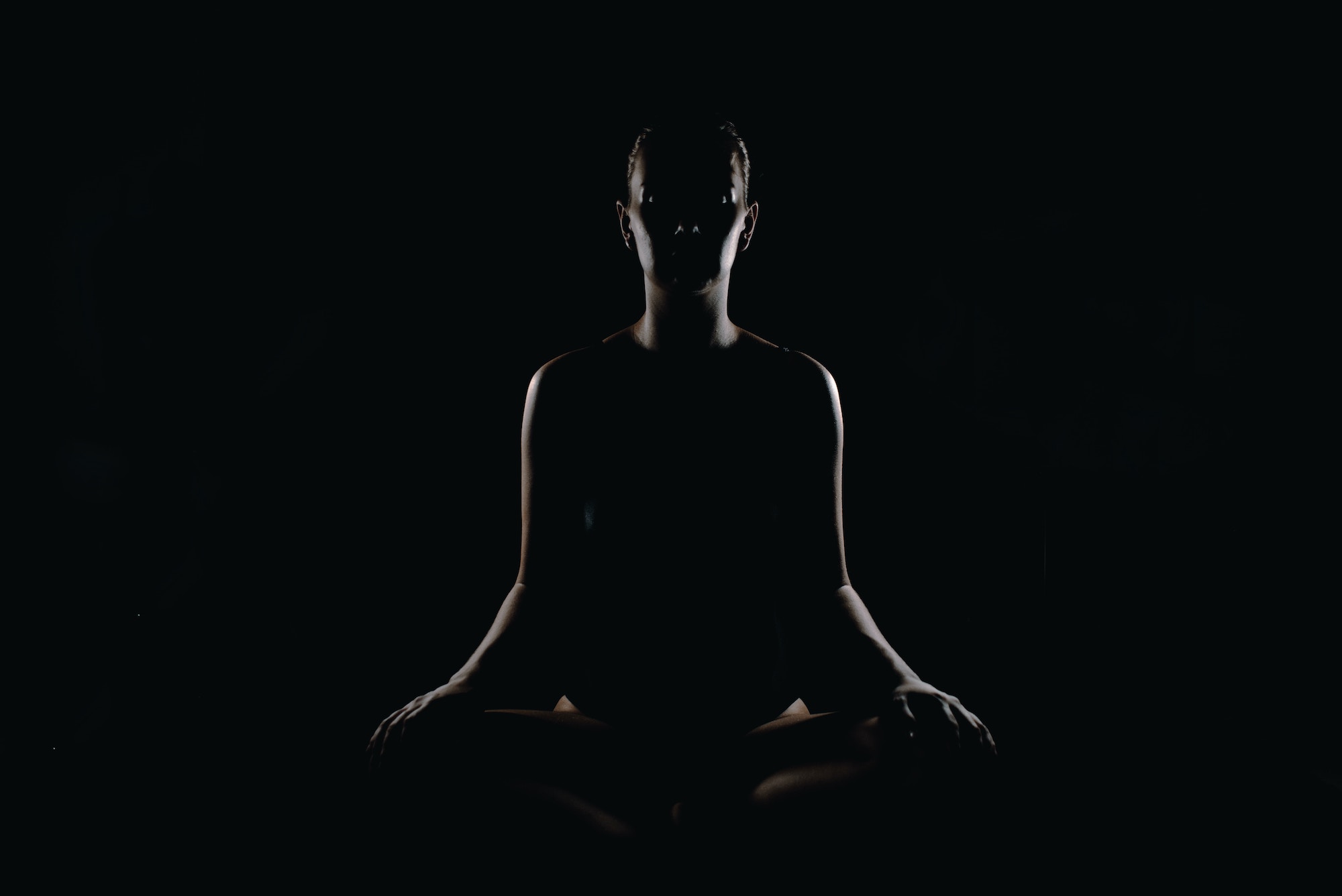This week I read a fascinating book called Rhythms of Life: The Biological Clocks that Control the Daily Lives of Every Living Thing. The book is about circadian rhythms, the processes inside all of us that sync us with the beat of our environment. Turns out, we’re all clocks. There are mechanisms in our brains that register cycles of daylight and darkness and adjust our bodies accordingly, for sleeping, eating, etc. It happens involuntarily. We’re wired into the planet.
Our primary brain clock is a bundle of cells called the suprachiasmatic nucleus—commonly abbreviated SCN. The SCN is what scientists call a ‘self-sustaining oscillator.’ This means that it maintains its own internal rhythm, like a metronome in our heads that never winds down. The SCN constantly takes in information from our eyes about relative levels of light and dark in our environment, keeping it properly synced to its surroundings. It then sends out neural (electric) and chemical impulses to various organs in our bodies at appropriate times of day: We’re signaled to feel hungry at intervals, sleepy at others, etc.
The SCN is located about two inches behind our eyes, centered directly between them. Interestingly, this spot corresponds exactly to the place in the head Buddhists refer to as the ‘third eye.’ Focusing on this area in meditation is said to help a person experience a feeling of timeless unity and transcendence.
I wonder, does Buddhist meditative focus somehow affect or interrupt the functioning of the SCN, temporarily suspending circadian rhythms, leading to a mystical feeling of timelessness?
Is there a scientific basis for this spiritual experience?



I have thoroughly enjoyed your fascinating blogs. This one, finally, has called forth a response. There is a medical literature developing about brain responses that can be measured by using various imaging techniques in meditators at the peak of their meditative experience. There is an area in the brain, for example, that deals with the body’s orientation in space. The brain activity in this area is diminished during peak meditative experiences leading to the notion that this is a neurological explanation for the of the feelings of lack of physical boundaries experienced by seasoned meditators. There may also be an area associated with orientation in time which, if downregulated, could produce a feeling of timelessness. The discussion follows about whether these findings are too reductionistic or simplistic to fully explain spiritual experiences, but they are measurable and duplicatable. Some of these experiments are reported in the book “Why God Won’t Go Away”.
Thank you for your comment, and your compliments! Your question about whether recent brain/meditation research fully explains spiritual experiences is an important one: Is spirit primary, in which case measured electro-chemical changes in the brain are just secondary effects, or vice-versa? And if vice-versa, could Nirvana then theoretically become deliverable over-the-counter, like the soma pills popped by citizens in Aldous Huxley’s BRAVE NEW WORLD?!
and in the end, is there that much difference between an effortful mental/psychological/spiritual induction to an experience of nirvana and a biochemical induction into the same awareness state by means of a mind altering substance? is the end result the same, qualitatively different, of greater or lesser validity because of the induction technique used? there are many roads to the top of the same mountain. shall we make relative value judgements about the particular paths if they get us us the top?
Most spiritual masters would say that the enlightened end of an effortful journey is qualitatively different from an instant fix. A Zen master might disagree, though… John Lennon’s “Instant Karma” is playing through my head suddenly…
To me, Nirvana by chemical induction is less cool in this respect: It depends on an external source. True earned mastery of one’s mind and heart is the only way enlightenment becomes self-sustaining.
Your discussion reminds me of a television report in which an individual with epilepsy whose temporal lobes were stimulated during an episode reported feeling an overwhelming oneness with the universe. Very interesting to contemplate how our neurology might factor in to our feelings of spirituality.
o.k….so, consider an indian tribe, north american, south american, or some other place in the world, that considers the earth to be mother earth and the plant and animal bounties of the earth to be gifts from the great spirit. in the context of a religious ceremony, hallucinogenic plants are consumed for the purpose of bringing about a spiritual state with spiritual visions. in other words, a chemical induction as opposed to a mind induced effortful induction. true, not the same as a teenager at a rave coming on to a hallucinogenic experience, but a chemical induction nonetheless. context, culture…don’t they have a lot to do with how we judge the validity and seriousness of a chemically induced spiritual experience. would you say that the indian is utilizing a quick fix?
I think context and culture make all the difference here: The Native American has, presumably, grown up revering nature and Spirit with every waking move and breath. So a hallucinogenic plant serves more as a catalyst than a shortcut—ritually imbibing the chemical just activates a process already internalized and mastered. An American teenager at a rave, in contrast, probably has no contextual training in spirtuality. So any drug he/she takes is is just a blunt tool, thwacking the initiate into chemically-induced enlightenment with no prior effort or context.
In sum, the Native American comes to the hallucinogenic experience with prior wisdom. Teenager at a rave likely doesn’t. To me, that makes a significant difference.
greetings adam,
the gaol is to be high, not get high. temporary nirvana on a drug or natural nirvan through intense effort of concentration that leads to samadhi is not the goal. nirvana is 1 step before manonash (annihilation of the mind) which is the final goal.
just got off the phone with dr. mike in sb. he turned me on to your blog. we 3 share some common ground & i would enjoy chatting with you at your 1st convenience…ken ceder
(805.895.0788 – cell)
Thank you for your comment! I agree with everything you’ve said, and I’ll call you ASAP so we can chat properly.